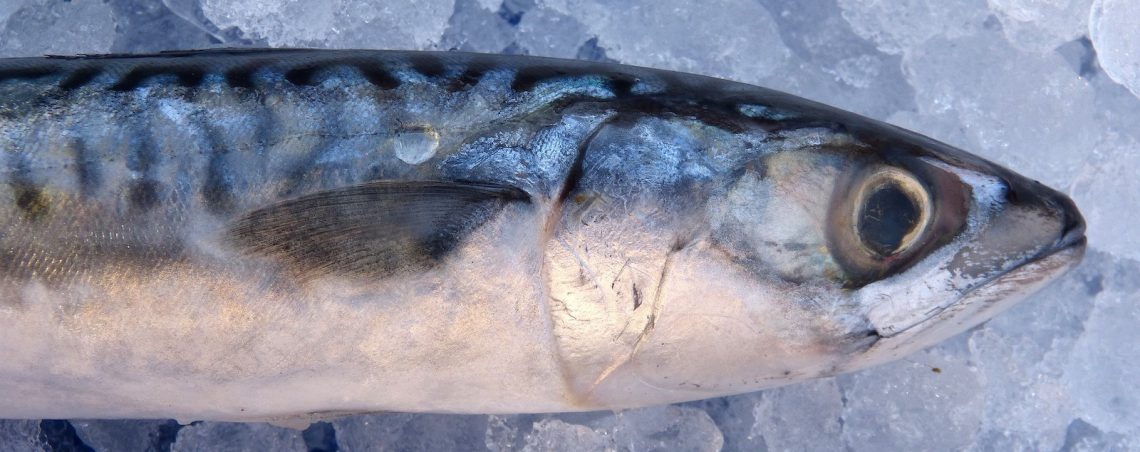
Scombroid fish poisoning
Scombroid poisoning or scombroid fish poisoning occurs after consuming fish that contain high levels of histamine. This is often seen when eating fish that has not been properly stored or refrigerated. The amino acid histidine in the fish is converted to histamine by bacterial enzymes as the fish decomposes. High levels of histamine, even toxic levels, can be present in decomposing fish even before there is a noticeable smell or taste.
The reaction is similar to an allergic reaction and occurs during , immediately after eating or a few hours later. Symptoms include vomiting, diarrhea and hives. Other symptoms include: flushing of the skin, itchiness, palpitations, rash, tingling, stomach pain, burning in the throat, and headache. Symptoms typically last for a few hours but can last longer in some cases.
Scombroid fish are fish that are part of the Scombridae and Scomberesocidae families and these fish have high levels of the amino acid histidine. Included in this family are mackerel, tuna, and bonito.
| Pathology | Consumption of fish containing high levels of histamine |
| Risk factors | Consumption of inadequately refrigerated scombroid fish |
| Presentation | Vomiting, diarrhea, and hives that occurs during or immediately after consumption of the fish. |
| Management | Resolves without treatment in 12 to 48 hours, but with treatment in 1-3 hours. Mainstay of therapy is antihistamines and supportive care. |
Resources & Attributions
- Government of Canada, Food Inspection Agency. Food Safety Facts on Scombroid Poisoning.
- Header image from pixabay.com CC0 licence.
- StatPearls. NCBI Bookshelf. Histamine (Scombroid Toxicity, Mahi-Mahi Flush) Toxicity.

